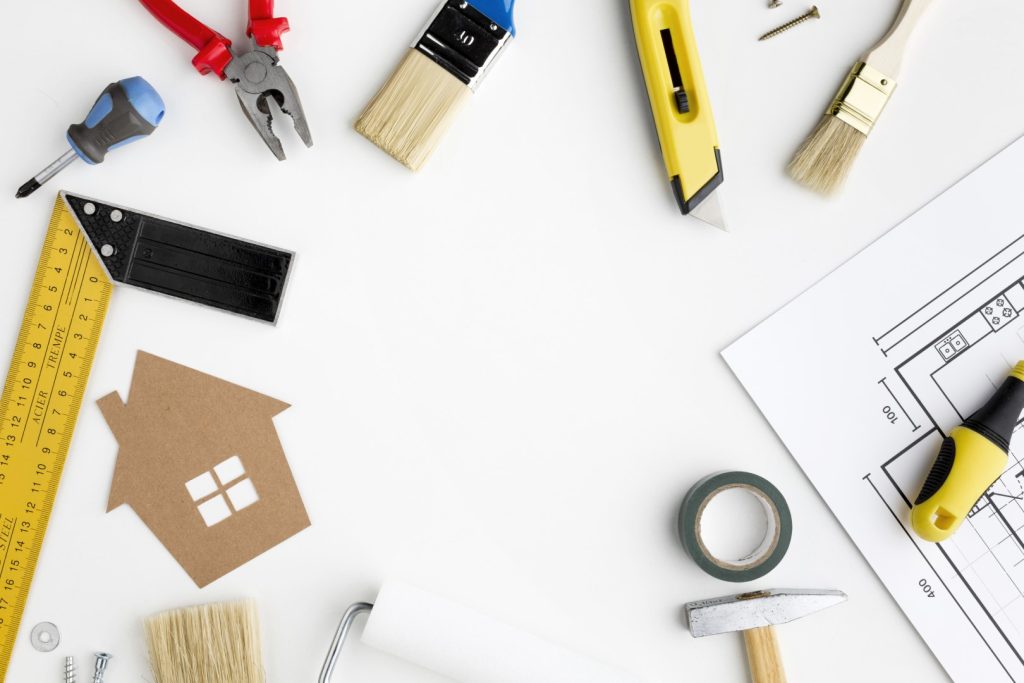
Building modernization is rapidly changing the face of home improvement, with homeowners embracing new trends to create more efficient, sustainable, and stylish living spaces. This shift reflects a growing awareness of the importance of environmentally responsible design and the value of advanced technology in enhancing home comfort. Many homeowners face the challenge of balancing their desire for a modern home with the need for cost-effective and sustainable solutions. This article explores the key trends in building modernization, offering practical guidance and actionable insights for anyone seeking to renovate or construct a modern home. We’ll cover sustainable building practices, cutting-edge materials, and smart home integration, equipping you with the knowledge to make informed decisions for your home. We’ll also discuss the importance of energy-efficient design, the rising popularity of smart home technology, and how these elements are shaping the future of home improvement. This article is structured as follows: first we’ll introduce the core ideas of building modernization and then delve into the key trends, from sustainable design to smart home attributes. Finally we’ll discuss the benefits, costs and considerations.
Understanding Building Modernization
The Core ideas
Building modernization encompasses a wide scope of improvements aimed at updating homes with the latest technologies, materials, and design trends. It goes beyond basic repairs or cosmetic upgrades to address structural weaknesses, enhance energy efficiency, and integrate smart home functionalities. Modernization often involves upgrading existing systems, replacing outdated fixtures with energy-efficient alternatives, and integrating the latest architectural and design principles. In essence, it aims to transform homes into more sustainable, convenient, and aesthetically appealing spaces, enhancing the quality of life for homeowners.
Sustainable Design in Building Modernization
Embracing Eco-Friendly Practices
Sustainable design practices are central to modern building modernization projects. Homeowners increasingly prioritize environmentally conscious design principles, focusing on minimizing their ecological footprint. Using sustainable materials like reclaimed wood, bamboo, or recycled concrete contributes to a reduced carbon footprint. Efficient insulation systems, incorporating renewable energy sources like solar panels, and optimizing the layout for natural light reduce energy consumption and contribute to a more sustainable home. For example, a recent study in California revealed that homes with solar panels saw a 20% reduction in energy bills over a five-year period. This showcases the significant potential of sustainable design to reduce energy costs and create environmentally responsible living spaces.
Smart Home Integration
Enhancing Comfort and Convenience
Smart home technology is rapidly transforming how we interact with our homes. Modernization projects often incorporate smart thermostats, lighting systems, security systems, and appliances. This integration allows homeowners to remotely control their home environment, maximize energy application, and enhance security. Smart home attributes offer boostd convenience, allowing users to adjust lighting, temperature, and other settings from a mobile device. This not only enhances comfort but also promotes energy efficiency, as smart systems can automatically adjust settings based on occupancy and environmental conditions.
The function of Building Materials
Choosing Modern and Durable Options
Choosing appropriate building materials is crucial for modernization projects. Modern materials offer superior durability and performance compared to older alternatives. High-performance insulation materials reduce energy loss, while advanced roofing systems enhance weather resistance. New materials like insulated concrete forms or cross-laminated timber (CLT) offer structural strength and aesthetic appeal. The use of engineered lumber and prefabricated components can streamline construction processes and reduce construction timelines. By incorporating modern, sustainable materials, homeowners can create durable, attractive and environmentally friendly homes.
Remodeling Trends
Reflecting Changing Lifestyle Needs
Homeowners today are seeking open-idea layouts, flexible spaces that accommodate changing needs and preferences. This trend often involves demolishing walls to create seamless transitions between living areas, or modifying rooms to accommodate new functions, such as transforming a garage into a home office or a spare room into a guest suite. Trends are also moving toward maximizing natural light through large windows and skylights and creating outdoor living spaces.
What are the varied types of building modernization projects?
Building modernization projects can encompass a wide array of renovations, from simple kitchen or bathroom upgrades to more extensive home expansions. Common types include kitchen and bath remodels, room additions, and basement conversions. Other projects involve the addition of energy-efficient attributes like solar panels, smart home integrations, or sustainable design elements. Each project’s scope and complexity vary depending on your needs and budget. Carefully consider the varied options and prioritize the improvements that will maximize the value and functionality of your home.
What are the benefits of building modernization?
Building modernization offers a scope of benefits, including enhanced energy efficiency, boostd home value, improved comfort, and a more sustainable lifestyle. Modernized homes often consume less energy, leading to reduced utility bills and a smaller carbon footprint. Well-designed renovations can significantly improve the functionality and aesthetic appeal of a home, which can boost its industry value. Smart home integrations offer improved convenience and security, enhancing the overall home experience.
What is the cost of building modernization?
The cost of building modernization varies significantly depending on the scope of the project, chosen materials, and specific attributes. Major projects, such as complete home renovations, might cost several tens of thousands of dollars or more. More modest projects, like installing new windows or updating lighting, will usually have a smaller price tag. Detailed cost estimates require careful evaluation of project specifications, material costs, labor costs, and any permits or inspections required. Consulting with qualified contractors can offer thorough cost projections and help determine the optimal value for your modernization project.
Conclusion (Repeated for clarity)
In conclusion, building modernization is a multifaceted process that offers significant benefits for homeowners seeking to enhance their living spaces while improving energy efficiency and reducing environmental impact. Embrace the latest trends in home improvement to create a modern and sustainable home that aligns with your lifestyle and reflects your personality. For personalized recommendations on the optimal building modernization approaches, consult with a qualified contractor or home improvement professional. Let’s build a brighter, more sustainable future for our homes!